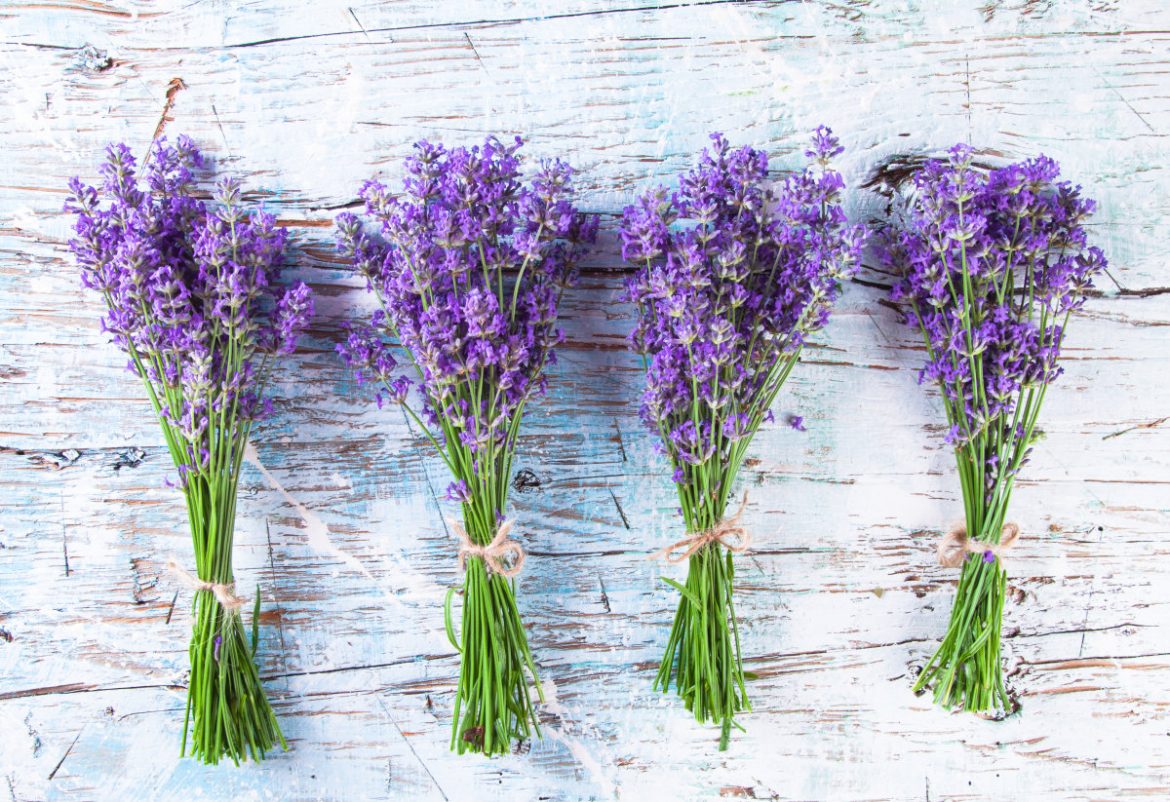Lavender (Lavandula lavandula, Labiataceae)
Lavender (Latin name: Lavandula angustifolia Mill.) is also known as perfume plant, spirit vanilla, vanilla, yellow vanilla, and lavender. It is a small shrub of the genus Lavandula in the Labiataceae family. Stems erect, stellate tomentose, old branches gray-brown, with striated exfoliating cortex. Leaves striped or lanceolate, with sparse or dense gray stellate tomentum, gray-white or olive-green when dry, entire and revolute. Verticillasters aggregated in interrupted or subcontinuous spikes at branch tips; bracts rhombic-ovate, bracteoles inconspicuous; calyx ovate-cylindric or subcylindric; corolla about twice as long as Cao, tube erect, glandular hairy in throat. Nutlets ellipsoid, smooth. It is native to the Mediterranean coast, all parts of Europe and the islands of Oceania, and has been widely planted in Britain and Yugoslavia. Its foliage and flowers are beautiful and elegant, and its blue-purple inflorescences are long and beautiful. It is a new perennial hardy flower in the garden, suitable for bush or strip planting, or for potted plants.
Lavender, with its elegant foliage and blue-purple inflorescence, has been a favorite of people in Europe for many years. The lavender’s foliage and flowers are beautiful and elegant, with long blue-purple inflorescences. Let’s enjoy the legends and culture of lavender.
Name origin
In ancient Greek times, lavender was called Nardus, a name that came from a Syrian city called Naarda. The flowers of lavender were sold for one hundred denarii a pound, a price equal to one month’s wages for a farm worker or what a barber would get for cutting the hair of fifty people. The Romans used lavender in their baths, along with various herbs, and they introduced this method of bathing to Britain.
Lavender was grown and sold all over the world. Lavender was called “espic” in the 18th century, while in Provence it was nicknamed “epi”. The word “Lavender” is derived from the Latin word “Lavare”, meaning to cleanse. Ancient folklore has it that lavender has been used as a wonderful remedy for skin ailments.
Language of Flowers
In the European tradition, lavender seems to be naturally associated with love, and many love legends or folk customs involve lavender, with “Lavender for True Love” being the most representative lyric of the Elizabethan era. Lavender’s flower motto is “Waiting for love”, and like the TV series Lavender, lavender signifies a subtle gesture of love, a firm commitment to take a son by the hand through trials and tribulations.

